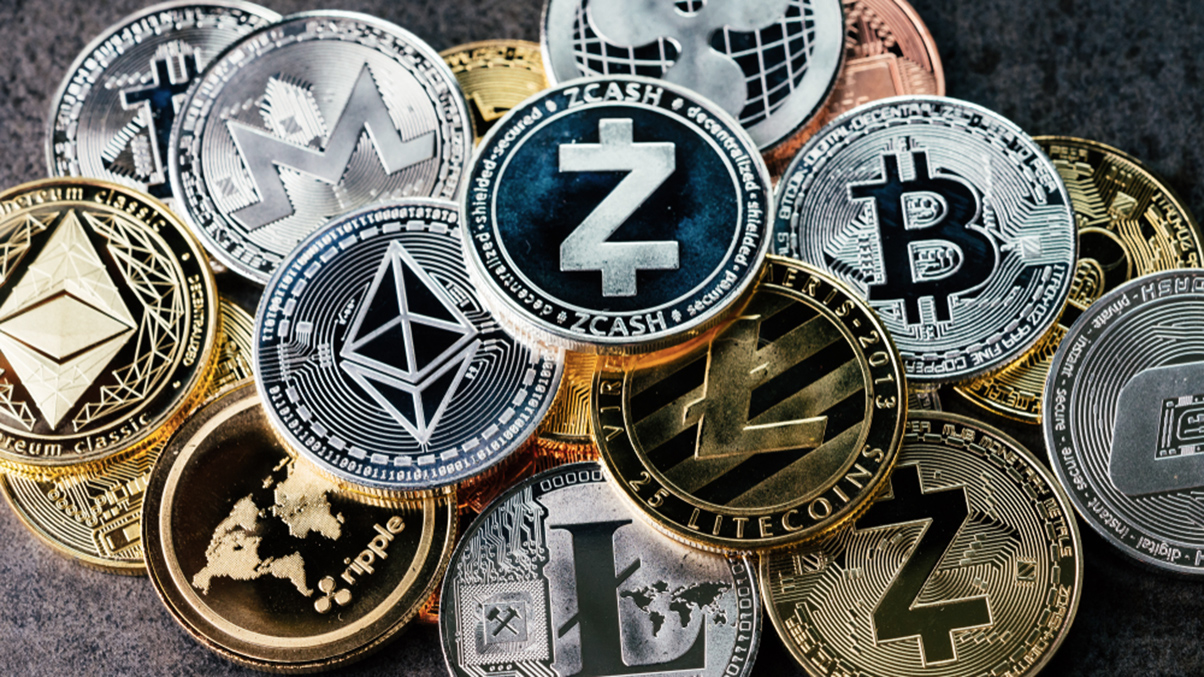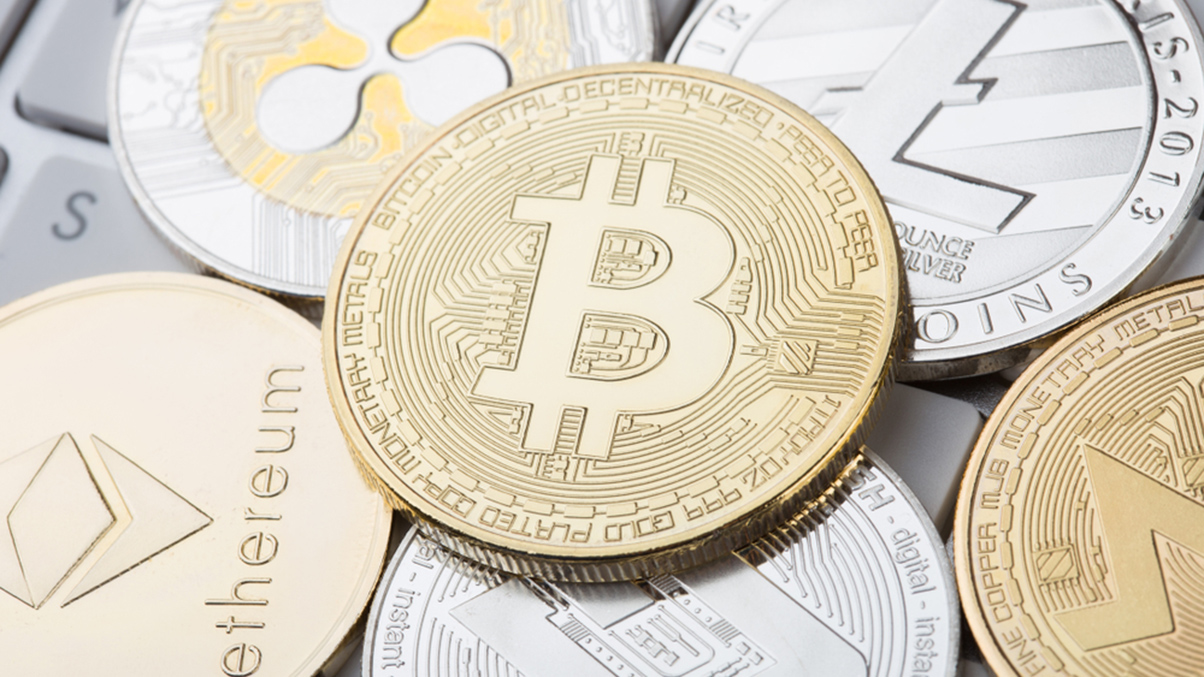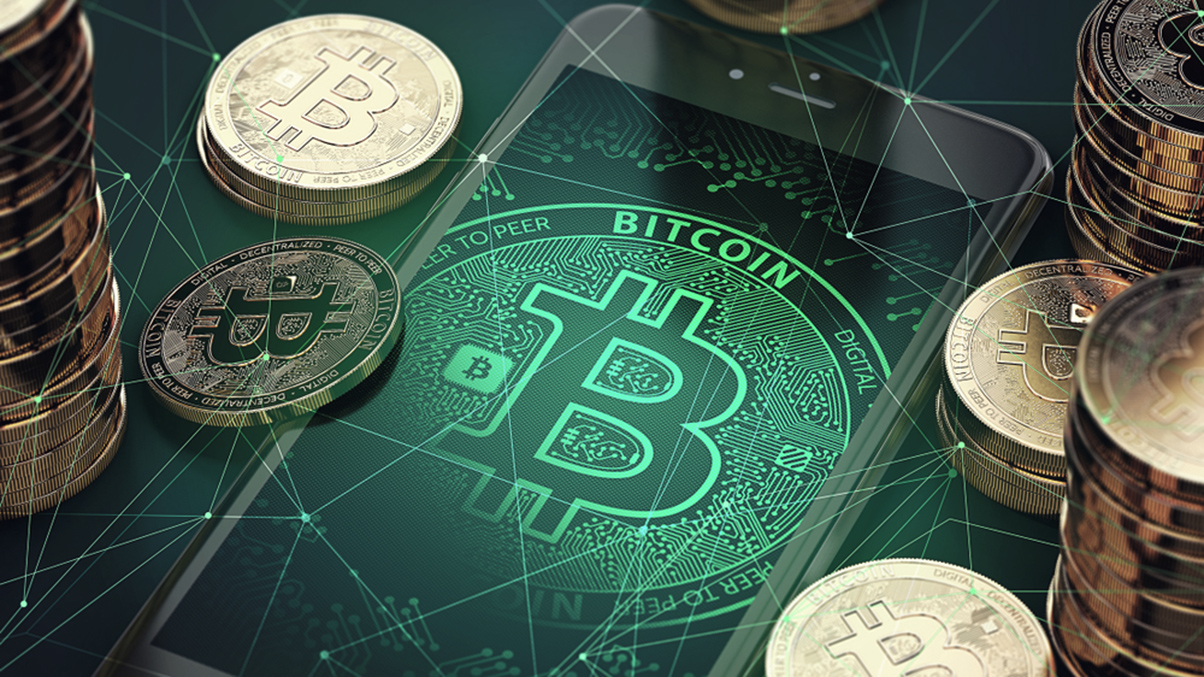On 7 September, the joint report of the Law Society and Tech London Advocates (TLA) Blockchain Legal & Regulatory Group, called ‘Blockchain: Legal & Regulatory Guidance’, was published. Our partner Marc Jones is one of the contributors to the report which sets out key issues for legal practitioners to be aware of when advising on distributed ledger technologies (DLT).
TLA’s dedicated blockchain working group was founded in 2018 and serves as a hub for multi-disciplinary DLT experts. The report includes a list of key recommendations on the many aspects relating to DLT, including commercial application, data governance, intellectual property, data protection measures, dispute resolution
Marc Jones prepared the section on decentralised autonomous organisations (DAOs), at pages 39-41 of the report. The full report can be found here. Marc’s chapter is outlined below.
Decentralised Autonomous Organisations and the impact they may have on the legal profession
What is a Decentralised Autonomous Organisation (DAO)?
One of the main problems in the developing (and connected) areas of digital assets, smart contracts and DAOs is the terminology. For example, there are (with only slight exaggeration) almost as many definitions of a cryptocurrency as there are cryptocurrencies. The authors of the recent Legal Statement on Cryptocurrencies and Smart Contracts recognised the problem:
“Because of the great variety of systems in use and kinds of assets represented (ranging from purely notional payment tokens such as bitcoins to real-world tangible objects) it is difficult to formulate a precise definition of a cryptoasset and, given the rapid development of the technology, that would not be a useful exercise… As with cryptoassets, it is difficult, and unlikely to be useful, to try to formulate a precise definition of smart contracts and so we have again sought instead to identify what it is about them that may be legally novel or distinctive.” (9 UKJT Legal Statement (n 4) paras 26 and 135)
The same can be said for DAOs. As such, it is perhaps easier to start with the broad “idea” of a DAO. Cryptocurrencies, smart contracts and DAOs have all emerged from a philosophy that, amongst other things, seeks to replace human involvement with the automaticity and immutability of distributed ledger technology. Human involvement – error, inaction or fraud – is eliminated. A DAO is simply an extension of this idea to an organisational structure, the actions of which are automated by code, both in terms of its own governance and/or its commercial activities. It is a smart contract or network of smart contracts on an organisational scale.
At this point, a real world example will help. The original DAO, helpfully called “The DAO”, was a venture capital fund. It had no board of directors and no management structure in any traditional sense. The DAO was simply code deployed on the Ethereum blockchain as a set of pre-programmed instructions. It was created by Slock.it UG, a German corporation, whose founders promoted The DAO in a variety of fora. Anyone could invest in The DAO by transferring Ether (a cryptocurrency) to The DAO. In return, investors were allocated DAO Tokens and a register of token ownership, like a share register, was maintained by The DAO. The purpose of The DAO was to invest these funds in project proposals, which were themselves in the form of smart contracts that existed on the Ethereum Blockchain. Token-holders were entitled to vote on which proposals should be funded (and indeed that was largely the extent to which Token-holders were involved) and the votes were administered by The DAO. The DAO would also calculate and administer returns on investments. So, apart from the initial contribution of Ether (which required human action), The DAO administered everything. It is in this sense that it was “autonomous”.
The structure used by The DAO functions well as long as a DAO does not have to interact with the physical world. For example, The DAO could invest in proposals that were themselves smart contacts, because the entire process of investment, performance and return was governed and enforced by code.
However The DAO could not, for example, have invested in opportunities that required the negotiation of complex financial terms and contracts, or the inspection of physical goods, because that would require human involvement, and would not be “autonomous”. Equally, transacting in fiat currency as opposed to cryptocurrencies was not feasible because it would have involved The DAO interacting with the regular banking system, thereby exposing The DAO to, and making it in some part dependent on, human action. As such, there are at present very obvious and significant limits to the use of DAOs.
It must be noted, however, that the “autonomous” aspect of any DAO is, in any event, pretty slippery. Turning back to The DAO itself, the above outline is in fact an over-simplification of the reality. For example, The DAO had “curators”, a group of individuals (humans) chosen by Slock.it who, amongst other things, had complete control over which proposals could be voted on by Token-holders, and who would carry out due diligence on proposals to ensure that the code matched the proposal. Equally, when The DAO was hacked and one-third of The DAO’s Ether stolen, the only solution open to The DAO – or more accurately the Token-holders, because the DAO could not itself initiate any kind of mitigation – was to persuade a sufficient number of humans running Ethereum, The DAO’s software platform, to amend the code in order to undo the hackers’ action.
The legal question
So what does all this mean for the legal characterisation of DAOs? Again, as with cryptocurrencies and as the example above is intended to illustrate, the answer is going to be highly fact specific and will depend on the precise characteristics of each DAO.
Two aspects of DAOs have drawn most attention: its purported “organisational” nature, and its automaticity. In terms of determining what a DAO is, it is suggested that automaticity is a red herring. Smart contracts have that same characteristic but it is not suggested that as a result a smart contract has a separate legal personality from the contracting parties. Automaticity does (and will) give rise to very difficult issues (for example, of intention and mistake, as demonstrated recently in the Quoine litigation [B2C2 Ltd v Quoine Ptd Ltd [2019] SGHC(I)]) but legal personality is not one of them.
It is the organisational nature of DAOs that gives rise to the most significant legal and commercial issues: does a DAO interpose a separate legal entity between, putting it at its broadest, those involved with the DAO internally (e.g. developers, investors) and those who transact with the DAO externally? If so, is it with a DAO that external parties enter into legal relations? And, critically for investors in DAOs, do liabilities arising from a DAO’s activities rest with the DAO (effectively providing the protection of limited liability to investors) or with investors, developers or others? Finally, answering those issues will also involve determining what the relationships(s) is (are) between those involved with a DAO internally.
In considering these points, it is helpful to refer back to the example of The DAO. Not only did Slock.it create The DAO, but its co-founders promoted it and created a website for that purpose. In that type of scenario, it is conceivable that serious defects in the code might found claims for breach of contract or negligence against the programmer by investors. The DAO might be treated as a unilateral contract (an offer made by the developer which is accepted by the investor by the transfer of funds), or the creator may be found to have assumed a duty of care to investors. Equally, anyone promoting the DAO could be at risk of claims for negligent (or fraudulent) misrepresentation. In that case, there may be no relationship between investors; each may simply have a contractual relationship with the developer, and the DAO’s “governance” aspects may constitute nothing more than the automated exercise of the developer’s investment and other management decisions. The precise history and features of each DAO will be critical.
The same might apply to third parties. The DAO might be characterised as a service offered by the developer, and the underlying reality may be that investors provide financial backing to the developer to pursue his enterprise for profit. In that case, one can see the DAO wrapper counting for very little and liability falling on the developer. However, this avoids the more difficult issue: what if the only humans in the frame are the investors, the “token-holders”?
If it is assumed that a DAO exists with no human involvement save for its investors, what is the relationship between investors inter se and with third parties? The DAO’s original White Paper contains the interesting statement that a DAO “can be used by individuals working together collaboratively outside of a traditional corporate form. It can also be used by a registered corporate entity to automate formal governance rules contained in corporate bylaws or imposed by law.” (Christoph Jentzsch, ‘Decentralized Autonomous Organization To Automate Governance’ (slock.it, undated) Accessed May 2020). In the latter case, a DAO is simply an IT solution to improve a traditional company’s governance procedures, and if that is all we were talking about, we wouldn’t be talking about it. It is the idea of a DAO as an entity “outside of a traditional corporate form” that is said to cause problems. But does it really? The short point is that a DAO by its very nature is not, cannot be, and is not designed to be a company of any kind. Companies are legal constructs; if the legal requirements necessary to constitute a particular type of company are not met, the company does not exist. A DAO’s “token-holders” are simply a number of individual investors who are carrying on business in common with a view to profit. That looks very much like a general partnership. The alternative, an unincorporated association, is not an available option unless the purpose of the group is not for profit; a limited liability partnership is also not an option because it requires specific steps to be taken, for example, to register the partnership as such.
Depending on the number of investors, the bounds of a general partnership may become stretched, but in cases where the developer/promoter is not the locus of liability for acts of the DAO, there is at present no other option. That means investors in a DAO face potentially unlimited liability to third parties, and may owe fiduciary duties amongst themselves. While the scope of legal property at common law gave the courts sufficient flexibility to include cryptocurrencies as a type of legal property, there is no such scope when it comes to limited liability. Limited liability corporations and partnerships are creatures of statute, with specific statutory requirements (e.g. registration, directors) with which DAOs do not (by definition) comply. The common law cannot create a new legal entity, and nor should it. As artificial intelligence and the internet of things develop, so too will the ability of DAOs to interact more fully and autonomously in the physical world. At some point, autonomous AI entities may have to be accorded some form of legal personality, but that is the kind of world-changing issue that legislators will have to grapple long and hard with.
You can find further information regarding our expertise, experience and team on our Cybersecurity and Incident Response and Commercial Litigation pages.
If you require assistance from our team, please contact us or alternatively request a call back from one of our lawyers by submitting this form.
Subscribe – In order to receive our news straight to your inbox, subscribe here. Our newsletters are sent no more than once a month.





